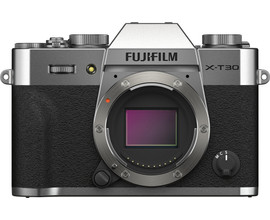
Expert review of the Fujifilm X-T30
Fujifilm X-T30 no longer available
The Fujifilm X-T30 is no longer available, so check out the successor: the X-T30 II
First impression
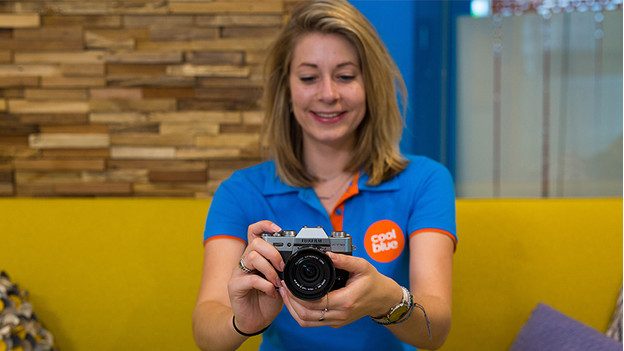
I really like the classic design of the Fujifilm cameras, and it sets the brand apart from the rest. When I hold the camera, I notice it's very light. The body feels sturdy and it's very compact. For people with large hands, the camera might be a bit small, I think. This affects the grip. I'm very curious about what the camera has to offer, so I'm quickly going to test it.
Sharp and detailed photos
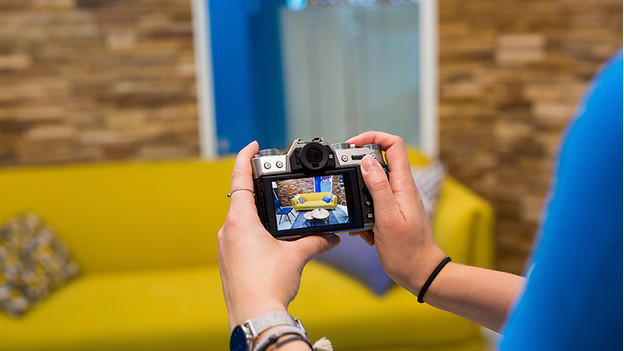
The Fujifilm X-T30 has an APS-C sensor, with which you can take sharp photos. This way, you can see a lot of details in your images. The camera body doesn't have image an stabilizer. If you take photos at darker locations with a longer shutter speed, you need a tripod to prevent motion blur. You can raise the ISO value. The maximum ISO of the X-T30 is 51200. Keep in mind that you'll see more noise when you raise the ISO value.
Accurate focus
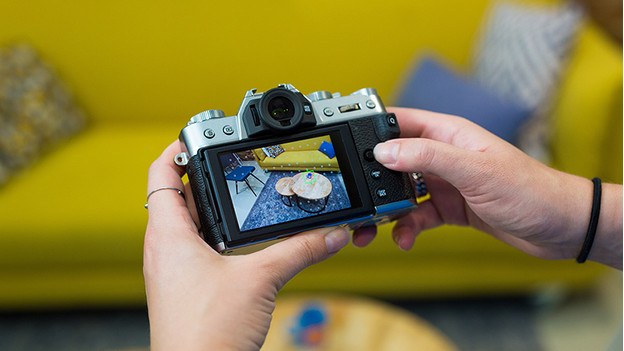
It's easy to focus with the X-T30. There are 2 ways to do so. You can use the touchscreen or the joystick next to the screen. This way, you can determine on which subject you focus. The autofocus is very fast and accurate, so you can follow and take a photo of a moving subject. When you take portrait photos, you can set up facial and eye recognition. With eye recognition, you can indicate if the camera has to prioritize the left or right eye when focusing.
Unique controls
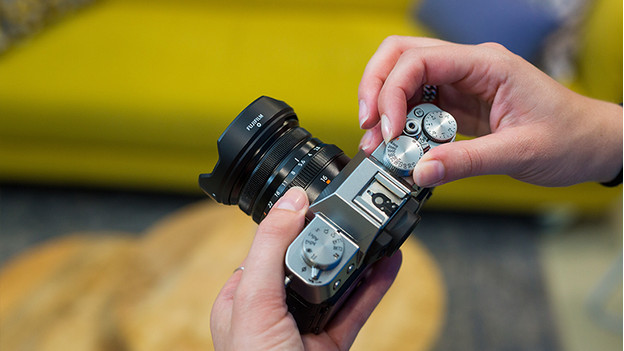
When I looked at the buttons of the X-T30, I wondered what they were for. These buttons are different than most cameras. For example, you have a dial for the shutter speed and you can adjust the aperture with a ring on the lens. If you're not familiar with Fujifilm cameras, you'll have to get used to the controls, but that'll happen fast. I find the joystick next to the screen very useful. This way, I can select a focus point.
Recording in 4K Cinema
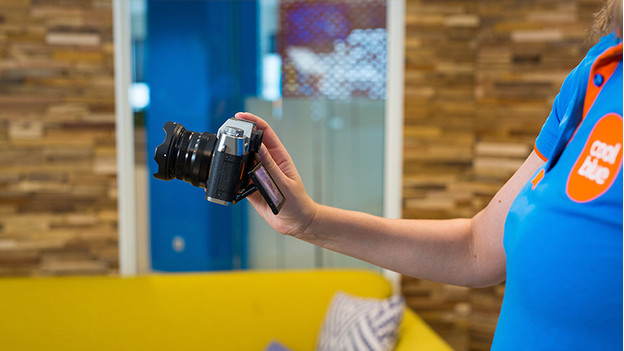
As a videographer, you can record detailed 4K footage. You'll even have the option to record in 4K Cinema. This image has more pixels horizontally, so the image is wider. The downside is that not all displays support 4K Cinema. The external microphone jack is an advantage. This way, you can improve the sound quality of your videos. That's very useful if you record a video for a client or if you have a vlog channel.
Conclusion
If you're not familiar with Fujifilm cameras, you'll have to get used to the controls. You can adjust the settings in a slightly different way. This doesn't mean that it's not a comfortable camera. I understood pretty quickly where to find the settings. Especially the small joystick to choose the focus point is very useful. If you look through the viewfinder, you can use it to easily adjust the focus point. In addition, I'm very impressed with the image quality.



